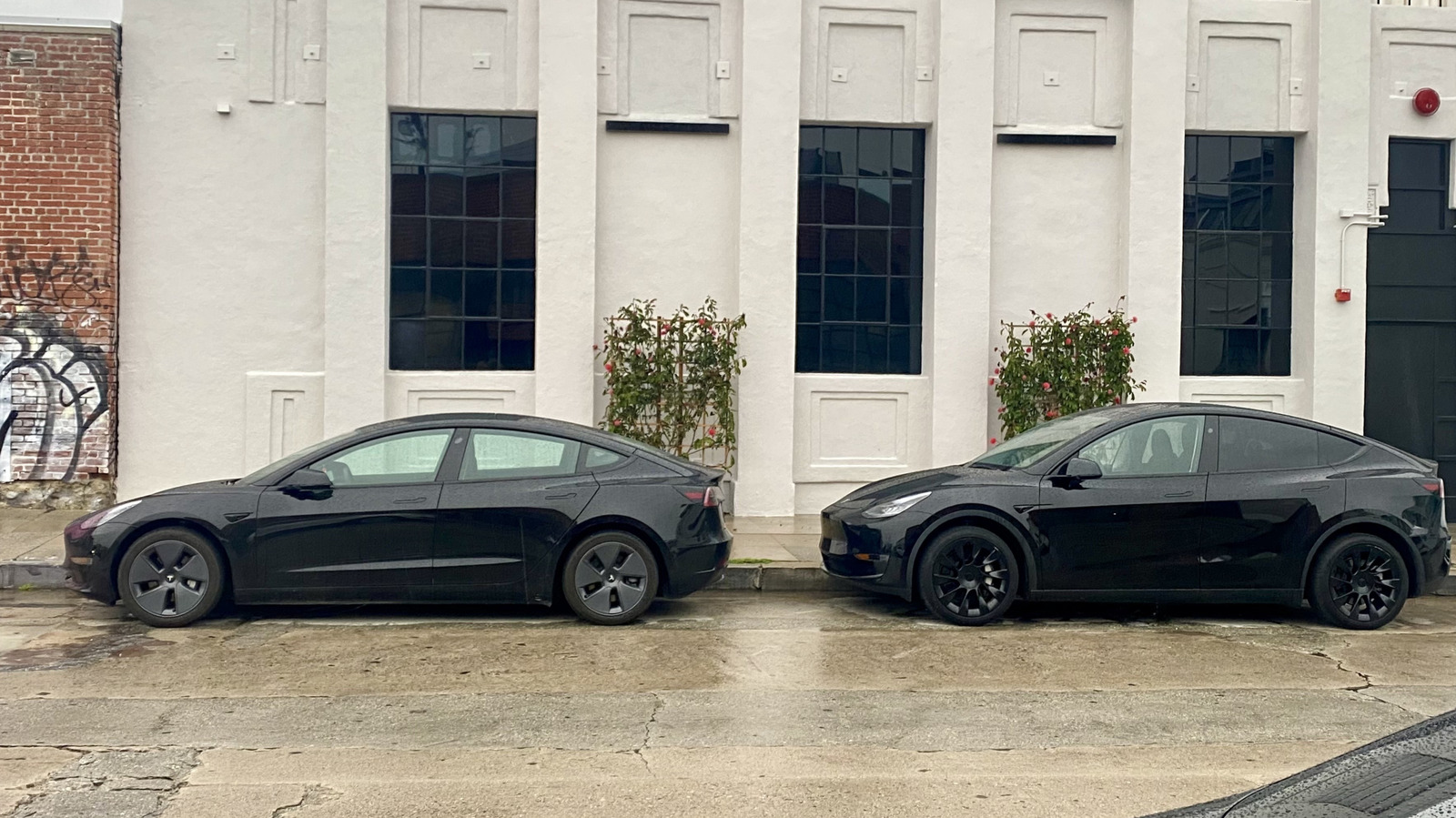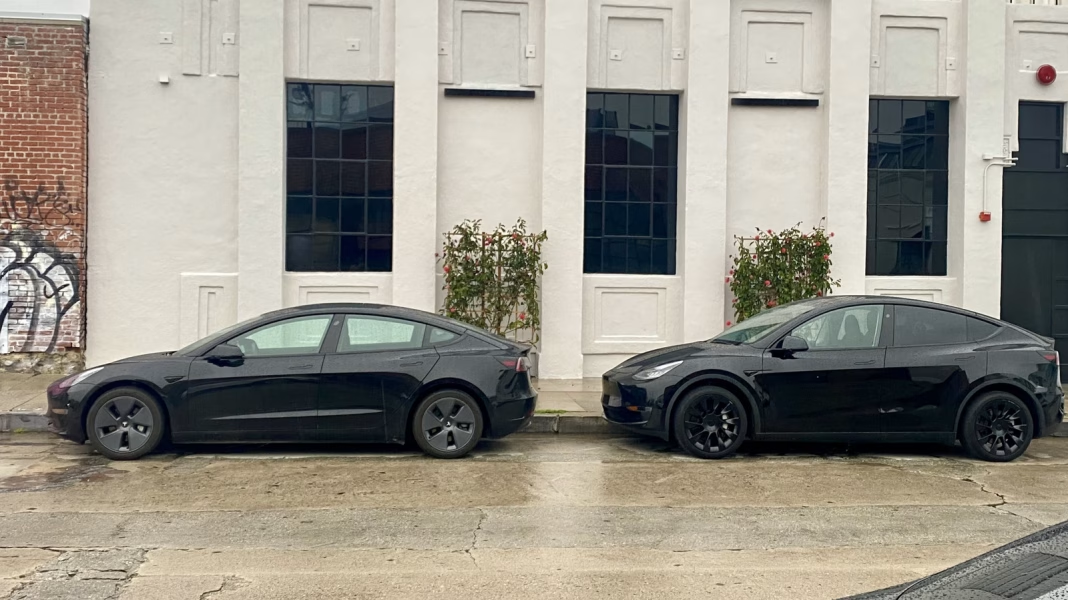The electric vehicle (EV) market has been buzzing with excitement lately, especially with the introduction of various tax credits aimed at making these eco-friendly cars more accessible. However, what happens if those incentives disappear? If you’re considering purchasing an EV, it’s crucial to think about how the absence of tax credits could impact the value of certain models. Here’s a closer look at some EVs that might not be worth buying new if the tax credit goes away.
Which EVs Might Lose Value Without Tax Credits?
When tax credits are in play, they can significantly boost the appeal of EVs by lowering the overall purchase price. But without these incentives, some models may struggle to hold their value. Let’s break down a few contenders that could see a dip in desirability.
First up, we have the smaller, budget-friendly EVs. Models like the Nissan Leaf or the Chevrolet Bolt have always been popular for their affordability. However, if the tax credits vanish, buyers might reconsider their options. The Leaf, for instance, has already faced challenges in the market, and without the tax incentive, it could become less attractive compared to used models or even traditional gas-powered vehicles that offer similar price points.
Next, let’s talk about luxury EVs. Brands like Tesla have built a reputation for high-performance vehicles, but they also come with a hefty price tag. If the tax credits disappear, the allure of these luxury models might fade. The Tesla Model 3, while still a strong contender, could see its sales slow down as buyers weigh the cost against other luxury options that don’t rely on tax incentives.
What About the Mid-Range EVs?
Mid-range options like the Ford Mustang Mach-E or the Hyundai Ioniq 5 have gained traction for their blend of performance and practicality. However, if tax credits are no longer available, these vehicles might face a tougher market. The Mach-E has been praised for its design and driving experience, but without financial incentives, potential buyers may hesitate, especially when they can find compelling gas-powered alternatives at a lower price.
The market dynamics can shift rapidly, and consumer preferences often lean towards value. If the tax credits disappear, buyers might flock to used EVs or hybrids that offer better overall savings without the upfront costs of new models.
Are There Any Exceptions?
Of course, not all EVs will be negatively impacted. Some models, particularly those from manufacturers that have established a strong brand loyalty or those that offer unique features, may continue to thrive. For instance, the Rivian R1T has garnered attention for its rugged design and off-road capabilities. Even without tax credits, its niche appeal could keep demand high among adventure enthusiasts.
Additionally, EVs that are part of a larger ecosystem—like those integrated with home charging solutions or renewable energy sources—may retain their value better. As more consumers become environmentally conscious, the appeal of these models could remain strong, even in a tax credit-less landscape.
What Should Buyers Consider?
If you’re in the market for an EV, it’s essential to weigh your options carefully. Look beyond the initial purchase price and consider factors like resale value, maintenance costs, and the overall driving experience. Researching the long-term viability of the model you’re interested in can provide valuable insights into whether it’s a smart investment.
The big takeaway? Buying an EV isn’t just about the latest model or the flashiest features—it’s about making a choice that aligns with your values and financial goals. If you’re eyeing a new EV, think about how the potential loss of tax credits could affect its value down the line. Start with one change this week, and you’ll likely spot the difference by month’s end.


